Article first published as
Book Review: How Terry Likes His Coffee by Florian van Roekel on Blogcritics.
The ingenuity of
Florian van Roekel’s
How Terry likes his Coffee begins with the cover. With any photobook of these dimensions, you’d expect the pictures to be laid out in landscape orientation, and this is true of van Roekel’s photos. But the cover label is set in portrait orientation. From this angle, the plain black cover has the appearance of a premium legal-sized notebook, which is exactly what you get when you open the book: a series of lined pages reproduced from such a notebook, with a variety of doodles both ornate and simple. Van Roekel’s subject is the office, and these are the very kinds of doodles you’d make in the middle of a boring meeting where you can’t be bothered to take actual notes.
This office paper trail recurs throughout the book, with blueprints reproducing the layouts of cubicles and other office spaces. The meat of
Terry is the photography, but the meta-framework puts it into context and shifts our perspective as the photographs do.
The office is not uncharted territory: Lee Friedlander's
At Work tackled the subject in a more photojournalistic vein (while still with his signature art) as he visited workers in factory and office settings. Van Roekel’s approach is more abstract. Rather than simply document the life of the worker, he breaks down the office experience into “chapters” taken at different and increasingly obscure viewpoints in a series of Dutch office buildings. The banal views of the water cooler and the weary office worker at the photocopier may be common. But then van Roekel goes deeper: a close-up of a stray rubber band at the base of an empty swivel chair. Ankle-level views close in on oxblood shoes and dark pants cuffs as workers busily wheel around their cubicle. Subjects are shot from various obscuring angles - from behind, from above, head on but with their face turned and covered by long hair. The people are lit so that their backgrounds often appear black, as if they are on stage. This is the office place as performance space, but a stage where the players are anonymous and interchangabie, in a interchangeable glass tower with interchangable flora that tries in vain to add an organic touch to the blandness inside. Instead, it’s locked out, and likely singed by the hot glass.

Who is the titular Terry, and how does he like his coffee? This is not made clear, though you might guess he’s the one with the Ubuntu coffee mug. As soul-destroying as office work can be, there are little consolations to make one’s dreary career pass more easily, be they doodles or black java. Is
Terry a scathing critique of the office or a celebration of the people who toil in its dull conforming glow? The subject matter is loaded, but van Roekel doesn’t tell you how to feel. The artist’s eye simply immerses you in the details of that world. He does what artists do: takes the familiar and makes it strange.
As part of the PhotoIreland Festival, Martin Parr (Magnum photographer and co-author of
The Photobook: A History
) recently compiled a list of the
Best Photobooks of the Decade.
How Terry Likes his Coffee made Parr’s list. The book was just published in 2010, but its limited run of 500 copies made it scarce from the start. I lucked into one of a few copies the ICP bookstore got hold of this spring, and that’s probably the last time anybody will be able to get a copy for under three figures. The collector’s market for photobooks is heating up, as evidenced by an article in the
Guardian which notes that limited print runs all but guarantee that prices for good titles will quickly double or triple in value. I wish I could tell you this didn't earn its costly stripes, but
Terry is worth the hunt.
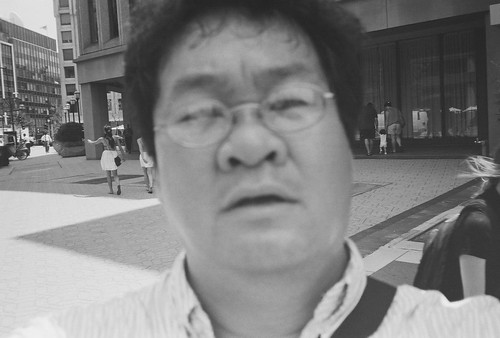
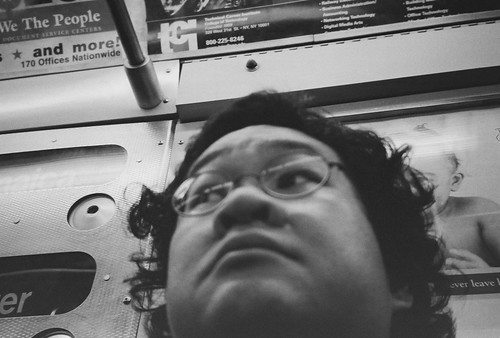
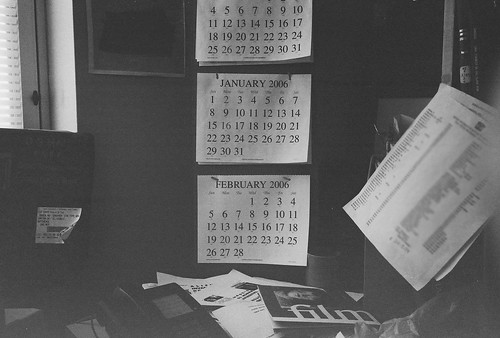

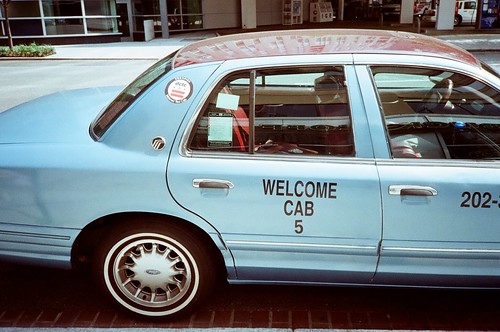
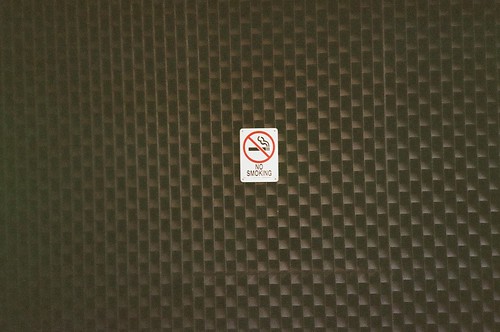





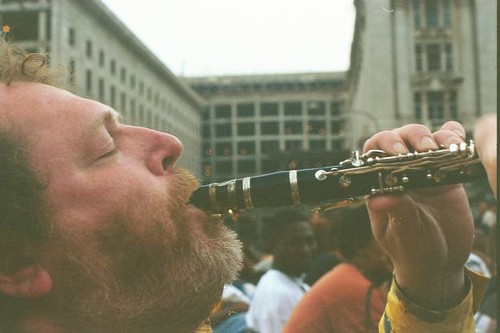
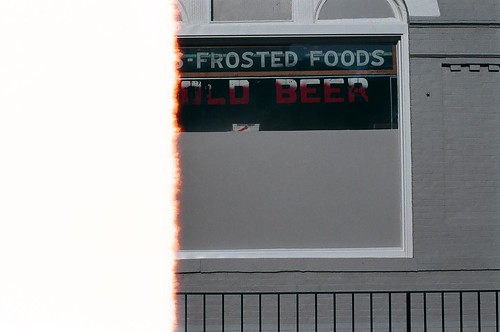
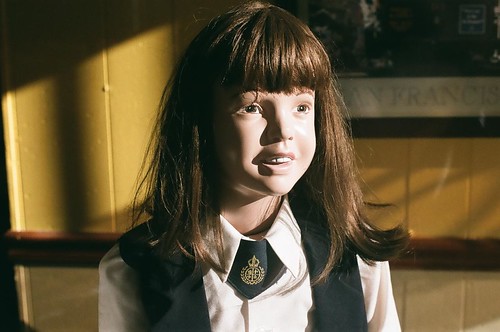






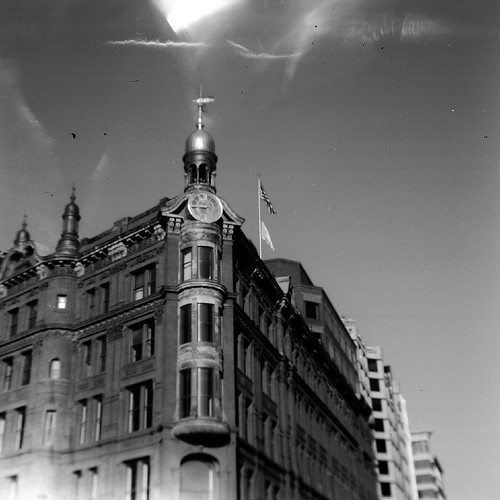
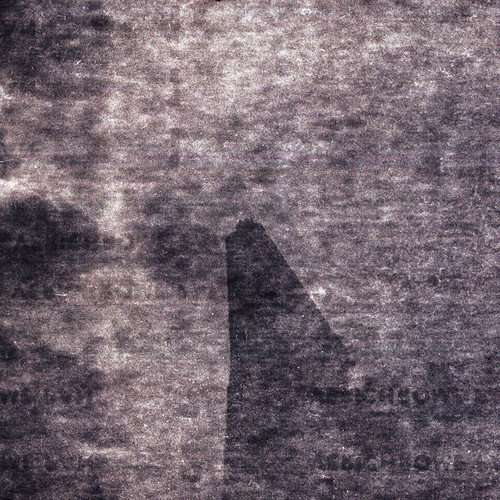
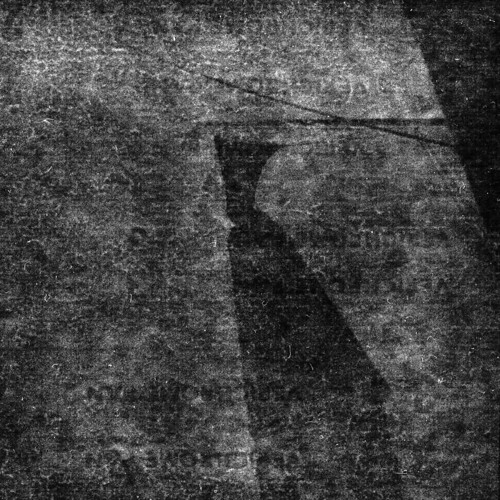



 The discomfort with which I type or even shorten the title is the first sign that this is not your ordinary collection of vernacular photography. The title is based on a 1924 book called Cooning with Cooners, on the culture of Ohio raccoon hunters. The phrase is seen early in the present book, emblazoned on a trailer hitched to a station wagon in front of which one proud hunter poses with this hound. The photographs gathered here were made by one such hunter who worked through the 1960s, which places it in a context in which the changing world outside them seems to have had little effect on their language and bloodlust. It is a cruel tease that the book opens with a photograph of two playfully alive raccoons, for the rest of the book documents the plundering of the animals (if not, as the accompanying essay points out, to their extinction, as the buffalo), and the dogs and men who hunt them for their pelts.
The discomfort with which I type or even shorten the title is the first sign that this is not your ordinary collection of vernacular photography. The title is based on a 1924 book called Cooning with Cooners, on the culture of Ohio raccoon hunters. The phrase is seen early in the present book, emblazoned on a trailer hitched to a station wagon in front of which one proud hunter poses with this hound. The photographs gathered here were made by one such hunter who worked through the 1960s, which places it in a context in which the changing world outside them seems to have had little effect on their language and bloodlust. It is a cruel tease that the book opens with a photograph of two playfully alive raccoons, for the rest of the book documents the plundering of the animals (if not, as the accompanying essay points out, to their extinction, as the buffalo), and the dogs and men who hunt them for their pelts.